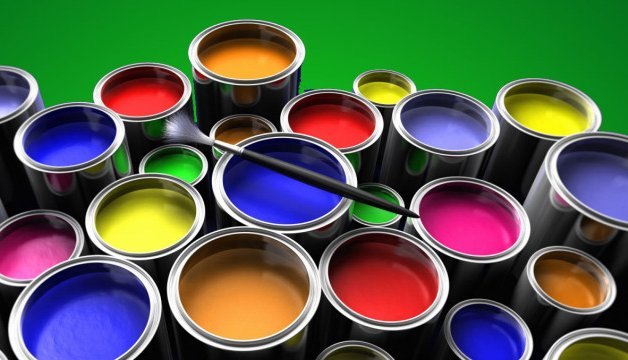Polyurethane resins have become one of the most widely used types of resins for durable paints and coatings. Lets explore their properties, applications and production in detail.
An Introduction to Polyurethane Resins
Polyurethane resins are formed through a chemical reaction between a polyol and an isocyanate. Polyurethanes were first discovered in 1937 and have been extensively developed since then. Today, polyurethanes form the basis of a broad range of products including flexible and rigid foams, elastomers, adhesives, coatings and sealants.
At the molecular level, polyurethane resins consist of organic units joined by carbamate (urethane) links. Their structure can be tailored for specific properties and applications by choosing polyols and isocyanates of different molecular weights and chemical compositions. This versatility makes polyurethanes highly useful for a variety of industrial and consumer applications.
Key Properties of Polyurethane Resins
Among the important properties of polyurethane resins that make them suitable for paints and coatings are:
Durability: Polyurethane resin coatings form a hard and cross-linked polymeric network structure that gives them excellent abrasion and chemical resistance. This makes them very long-lasting.
Flexibility: Depending on the starting materials used, polyurethanes can be formulated to have flexibility ranging from rigid to soft and elastic. This allows applications on various rigid and flexible substrates.
Adhesion: Polyurethane coatings typically adhere very well to a wide range of surfaces like wood, metal, plastic, concrete etc. due to their polar groups and ability to form crosslinks.
Weatherability: They have good resistance to degradation from UV light, water and temperature fluctuations – making them very weather-resistant.
Transportation Applications
Given their outstanding mechanical and weathering properties, polyurethane resin based coatings have become indispensable for transportation applications:
– Automotive OEM and refinish coatings: Used on bodies, trims, bumpers etc. They offer outstanding gloss retention, chip resistance and protection against corrosion.
– Marine coatings: Applied on ship/boat hulls and decks. Marine-grade polyurethanes can withstand immersion in saltwater and protect against slime, algae growth.
– Rail coatings: For locomotives and rolling stock. Provide abrasion resistance and protection from various environmental stressors encountered during operations.
– Airplane coatings: Applied on aircraft exteriors, surfaces near engines for heat resistance. Certified polyurethanes meet stringent standards for fire-retardancy, chemical safety.
Construction Applications
Polyurethane Resin Coatings are very popular in construction due to their durability, flexibility and UV resistance:
– Concrete flooring: Applied on floors of industrial plants, shops, warehouses etc. Offers chemical, abrasion and impact protection.
– Protective/decorative wood coatings: For decking, sidings, furniture etc. Enhances wood aesthetics and protects against water, insects, UV damage.
– Metal roof coatings: Applied on industrial buildings, warehouses to form seamless, monolithic and robust membranes with 15-25 years service life.
– Infrastructural coatings: Used for bridges, tunnels to protect steel and concrete substrates from chloride ion penetration, cracks and moisture.
Production of Polyurethane Resins
The production of polyurethane resins involves a two-step process:
Prepolymer Formation: A polyol is reacted with excess isocyanate to form an isocyanate-terminated prepolymer. Commonly used polyols include polyether polyols and polyester polyols.
Chain Extension: The prepolymer is then reacted further with an amine/polyol ‘chain extender’ to yield high molecular weight linear polymers or crosslinked networks depending on formulation.
Typical catalysts like organotin compounds are used to accelerate the reactions. Additives may also be added to control properties. The resulting polyurethane resins can then be formulated into coatings, adhesives etc. with pigments, solvents, fillers.
Sustainability Considerations
While polyurethanes offer excellent performance, sustainability also needs addressing:
– Some isocyanates used like MDI and TDI are hazardous and their emissions must be controlled.
– Research into plant-based polyols as alternatives to petrochemical polyols is growing to improve sustainability.
– Recycling of polyurethane waste through reprocessing into new products requires further development.
– Improving durability reduces maintenance needs and life cycle environmental impact versus alternatives.
To conclude, polyurethane resin based paints and coatings deliver high and durable performance for multiple applications through their versatile, tailorable structure and properties. With continuous development of safer formulations and recycling technologies, they can transition to more sustainable solutions.
*Note:
1. Source: Coherent Market Insights, Public sources, Desk research
2. We have leveraged AI tools to mine information and compile it




